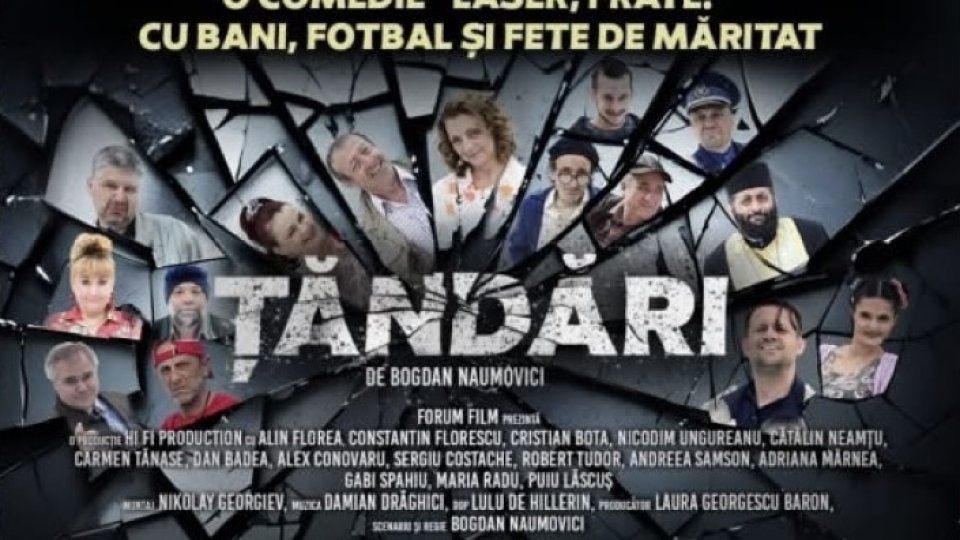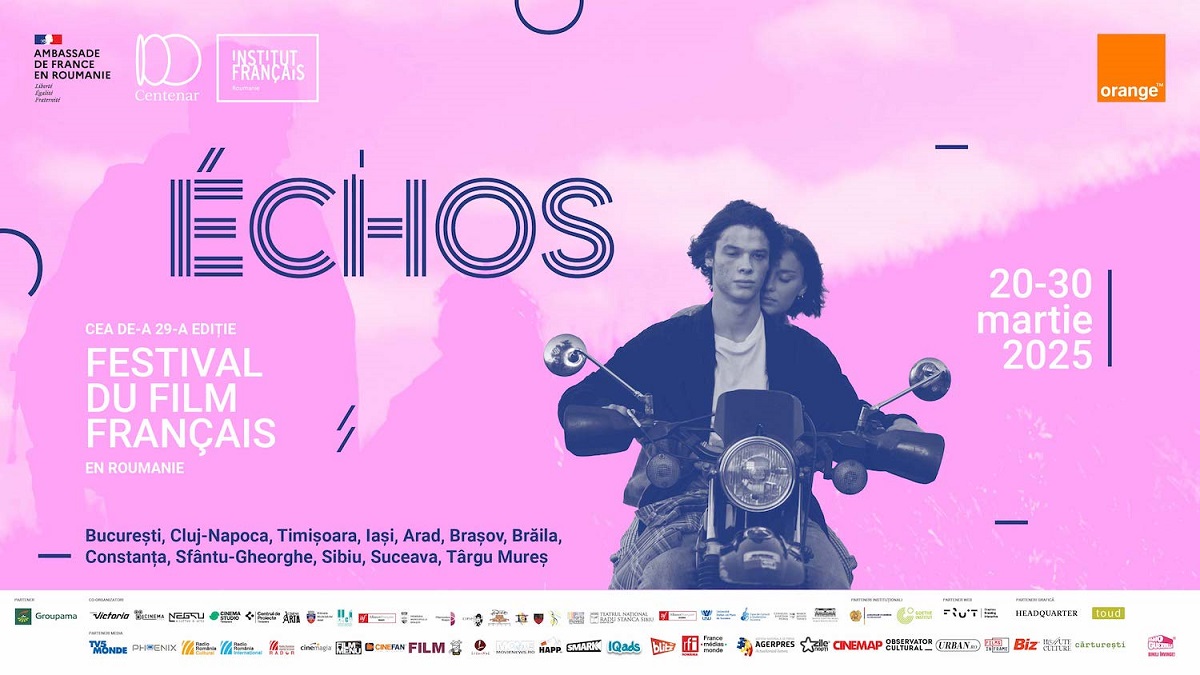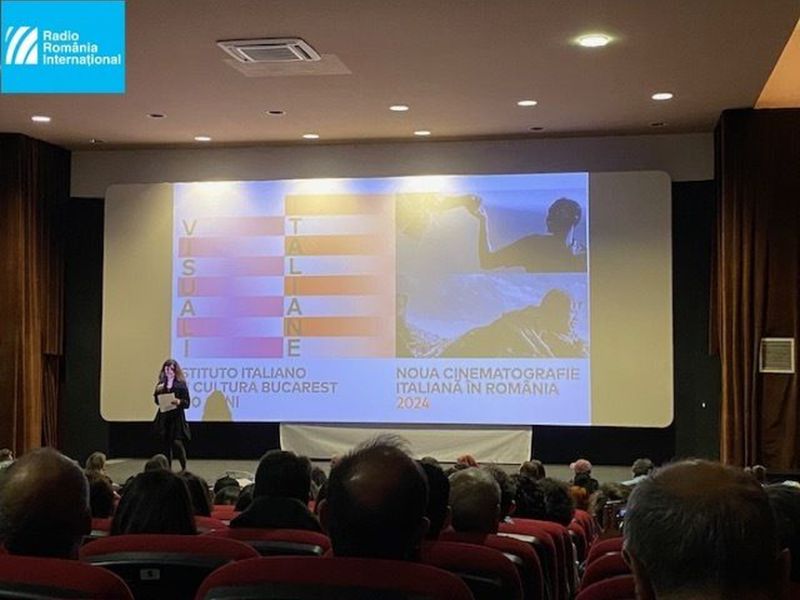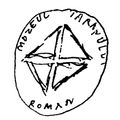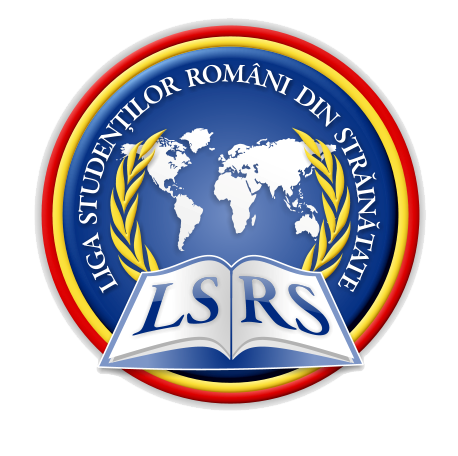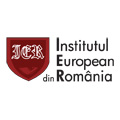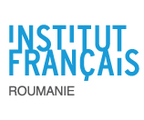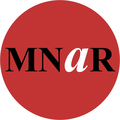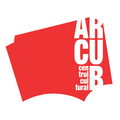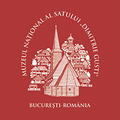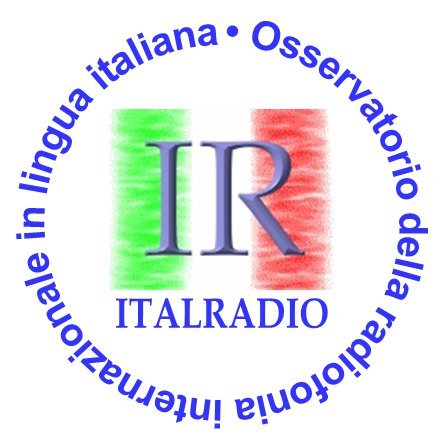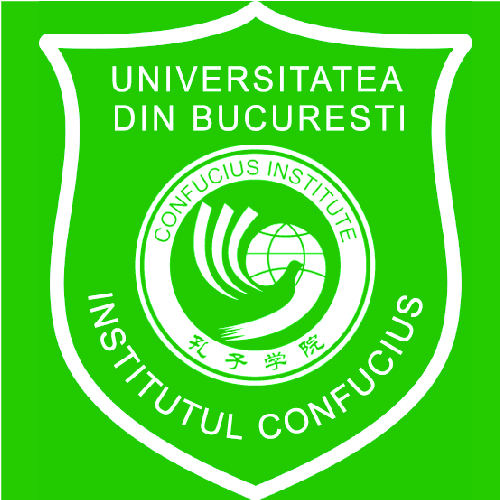University Figures and Bucharest Heritage
The Bucharest City Museum (MMB), in partnership with the University of Bucharest, offers the public the exhibition “University Figures and Bucharest Heritage. A Common History”, opened at the Suțu Palace in Bucharest.
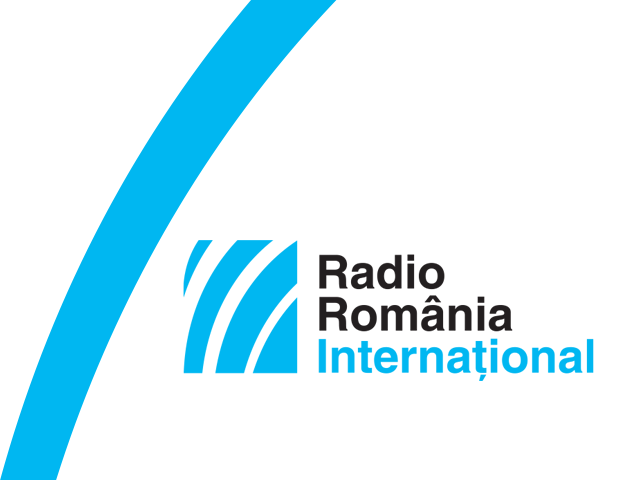
Ion Puican, 29.03.2025, 12:46
The Bucharest City Museum (MMB), in partnership with the University of Bucharest, offers the public the exhibition “University Figures and Bucharest Heritage. A Common History”, opened at the Suțu Palace in Bucharest.
This exceptional exhibition brings together two collections, one belonging to the Bucharest City Museum and the other to the University of Bucharest Museum (UB), bringing before the visitor two stories that interwind: one of the medal engravers and one of the collectors. We spoke to curator Florentina Nițu from MMB about the exhibition: “We set out to tell stories through this exhibition, because the venue inspired us. Stories about the professors and students of the University of Bucharest, seen in their relationship with the Bucharest heritage. In 2024, the Bucharest University celebrated 160 years since its founding, following a decree of Alexandru Ioan Cuza on July 4-16, 1864. On that occasion we started to make the glorious and less glorious events better known. In those 150 years we also have an interval of about 40 years of communism. We wanted to bring life and career models to those interested in times not exactly calm and in which young people wonder, I hope, where to direct their professional path. Because, as we read about the professors and students of the University of Bucharest, we feel them, on the one hand, contemporaries with us through the eternal challenges. Also, among these professors, are so many exceptional figures … Not only on a national level, but especially on an international one.”
Curator Florentina Nițu also gave us some details about the links between the Bucharest Municipality Museum and the University of Bucharest, especially about doctor George Severeanu (1879-1939), one of the founders of Romanian medical radiology and a passionate collector of antiques: “The links between the University of Bucharest and the Bucharest Municipality Museum are not just urban geography, through the proximity of the two spaces. If we follow the thread of the stories we were talking about earlier, we are united by the interest in George Severeanu, a professor with the Faculty of Medicine, which until 1948 was part of the University of Bucharest. Severeanu became the director of the Bucharest Museum starting in 1931. In addition, the medal collection of the University of Bucharest Museum is such an inspired mix with that of the Severeanu Museum, that it seemed almost imperative to put the information together and pass it on to the public.”
Florentina Nițu also spoke to us about the medals of the two collections gathered in the exhibition at the Suțu Palace: “Unfortunately, we do not have much information about all the medal engravers who left us traces through these commemorative and highly appreciated objects. However, it must be said that the objects belonging to the two collections tell us about an expressive art, about meanings and values, and this symbolism is given not only by the representations on the medals, but also by the understanding of the gesture behind their creation. Among them are medals that mark the erection of some buildings and monuments: the University Palace, the medical students’ campus, the Statue of Ion Heliade-Rădulescu, and others that mark the existence of some societies or important scientific moments held in Bucharest and at the University of Bucharest. These medals bear either the signature of important workshops of the time, from Bucharest and Iași, but also that of renowned engravers. The collaboration with important sculptors of that time also contributes to increasing the artistic value of these objects, which we have selected and exhibited.”
How does the exhibition “University Figures and Bucharest Heritage” convey the relationship between the university space and the city of Bucharest?
Florentina Nițu explains: “Beyond the texts of the panels that present the context in which the action of these characters takes place, I think that the most vivid image of this relationship is represented by a map of Bucharest in the 1930s, on which we marked the addresses identified so far, of some of the most famous professors of the University. The 55 addresses selected by us and placed on the map give a beautiful picture of the university geography of Bucharest and allow us to escape into the memory of the era….
The exhibition that we propose has several layers of reading. Therefore, beyond seeing the objects and reading the information, we can interact in a much more diverse way. On the one hand, that map of the residence of the university professors has a QR code attached that sends to a small form that helps us identify other streets in Bucharest where professors of the University lived or streets that bear the names of these professors. (EE)

